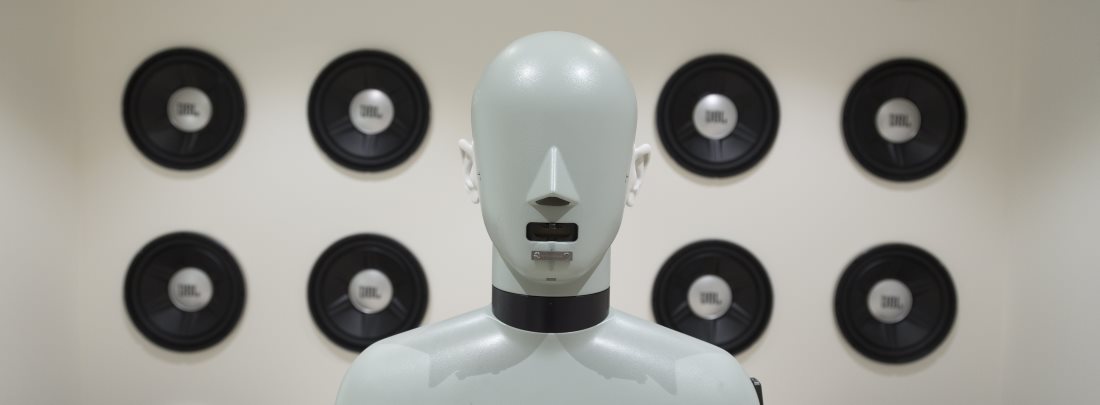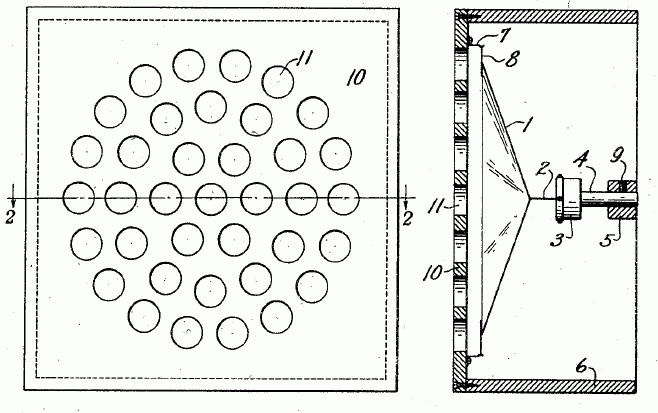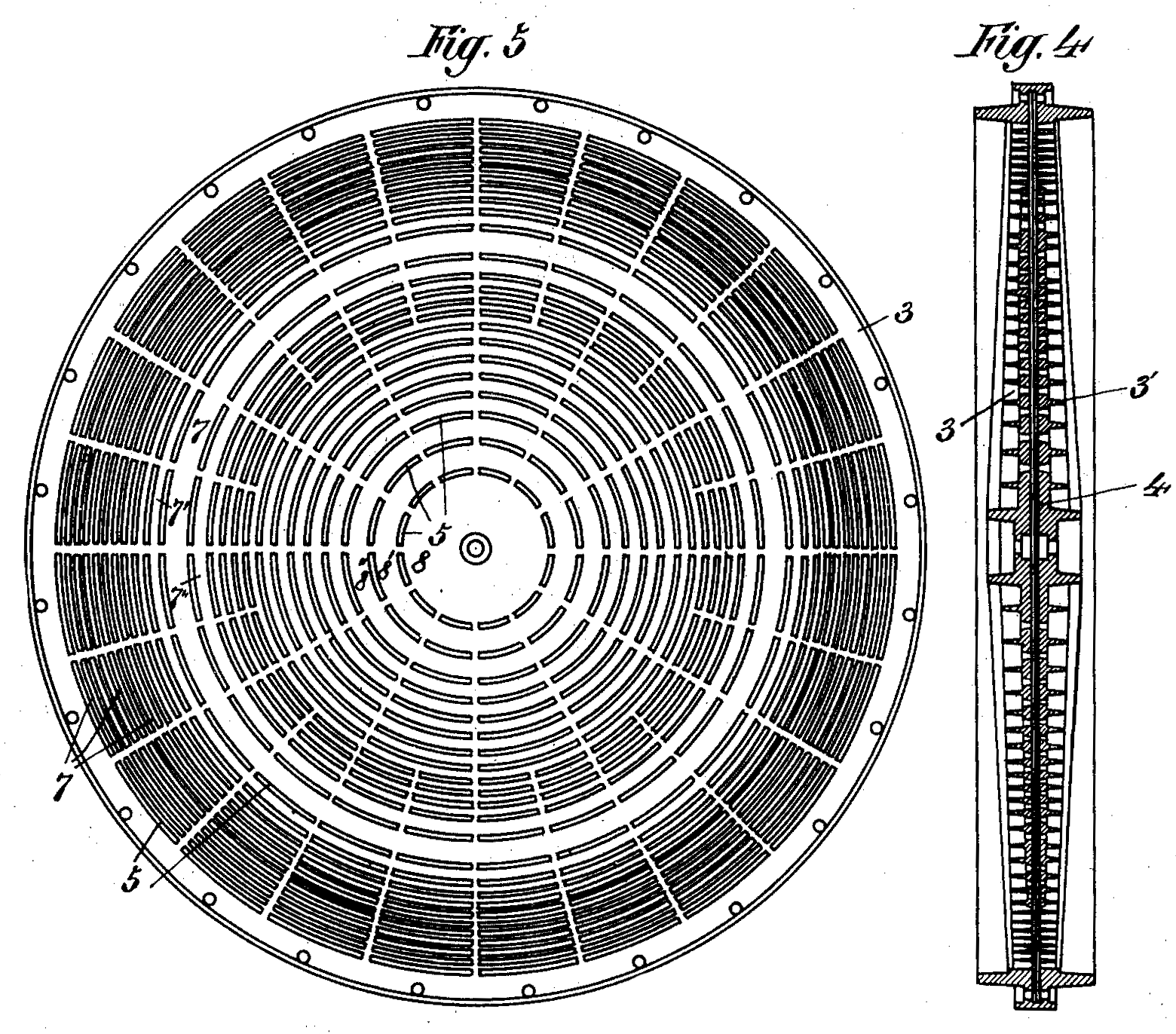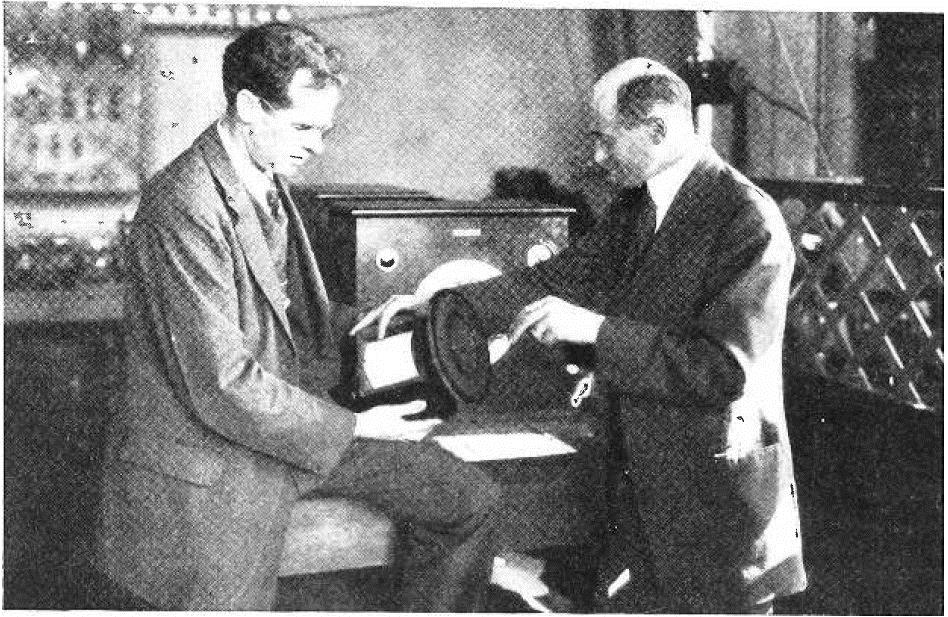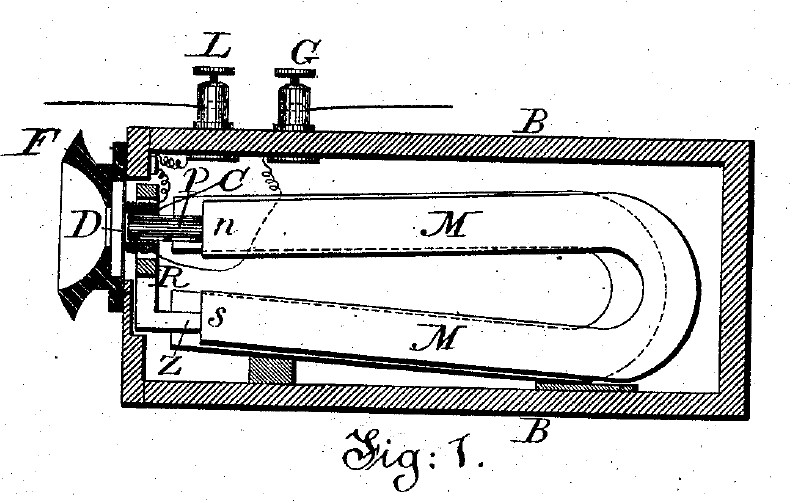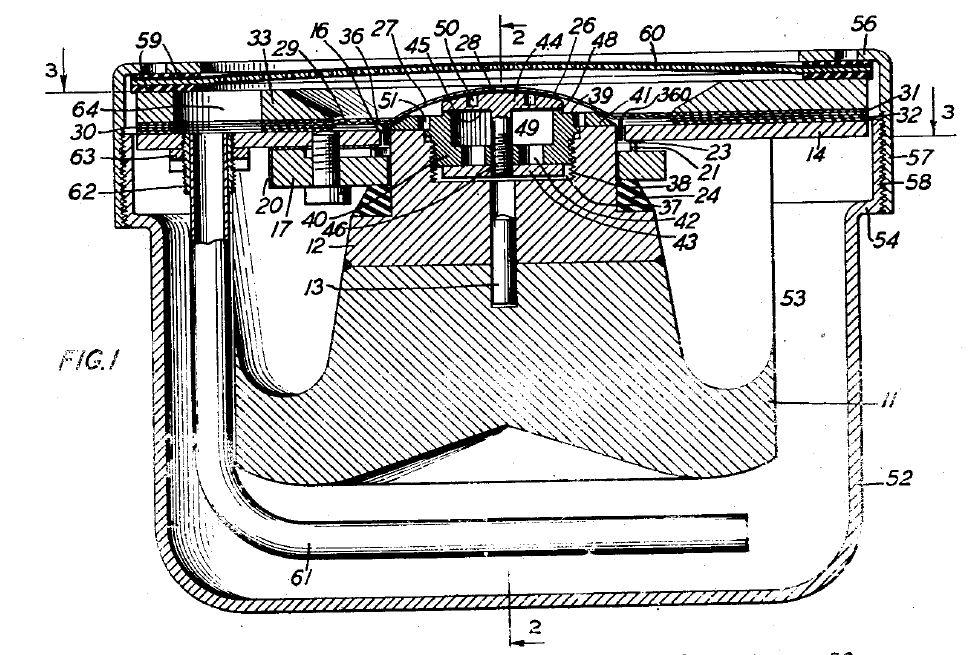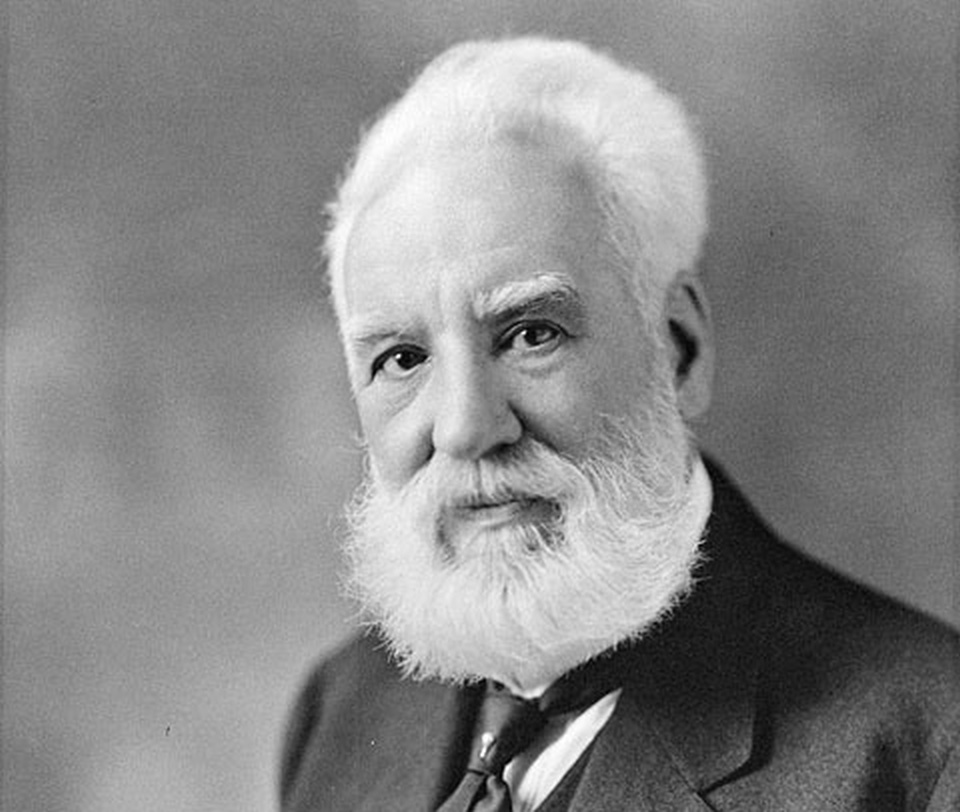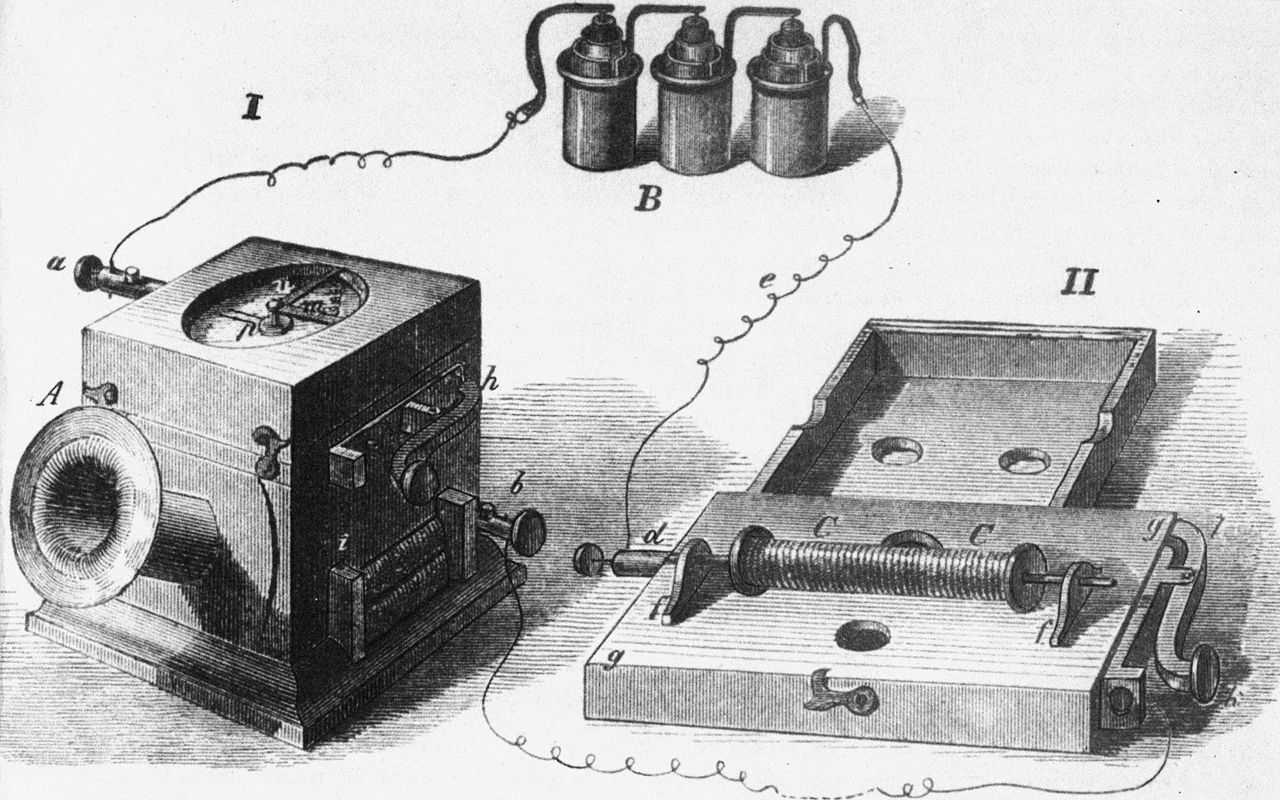The 1920s saw much development in horn loudspeakers, and loudspeaker in general. Western Electric already had their microphones, amplifiers, straight exponential horns, and very good balanced armature transducers. At this time, much research was also put into disc recording and reproduction at the Western Electric Engineering Department, and simultaneously, optical recording of sound was also in progress, using Wente’s Light Valve. The time seemed ripe to attempt sound film. The story has been told elsewhere, but in short, most of the industry turned down Western Electric’s offer. They “knew” sound film would not work. But the Warner Bros found in the WE system something that could help them beat the big guys in the industry, and after the success of their first sound film, the rest is history.
electroacoustics
A brief history of electroacoustics, pt. 8:
Horns: Early development
It is hard to tell when horns first were used. They have been in use for thousands of years as instruments, and man must early have discovered the amplifying effect of a pair of cupped hands in front of his mouth, or behind his ears. Ear trumpets were early implementations of this, and the first hearing aids.
Horns were used on phonographs and gramophones from the start. This was the only way to get the required volume from the tiny motions of the needle. The theoretical understanding of horns was still small though, and most of the work was experimental. Early models used conical horns, but as theory progressed, the superiority of the exponential horn was recognized.
Read more…A brief history of electroacoustics, pt. 8:
Horns: Early development
A brief history of electroacoustics, pt. 7:
Loudspeaker enclosures
Reis’ telephone was perhaps the first loudspeaker of any kind, as it employed a magnetostriction driver mounted in a resonating box. But it would still take many years before inventors discovered the virtues of baffles and enclosures. As Hunt puts it, the baffle is probably the most frequently rediscovered feature of loudspeaker art. Stokes, in 1868, pointed out that the radiation efficiency could be improved by preventing air circulation around the edges of a vibrating surface (the acoustic short-circuit). Rayleigh, a few years later, gave the now classic analysis of the radiation from a piston in an infinite baffle. But by the time loudspeakers were being produced in great numbers, Rayleigh’s Theory of Sound had been out of print for more than two decades, and many inventors discovered the baffle before they discovered Rayleigh.
Read more…A brief history of electroacoustics, pt. 7:
Loudspeaker enclosures
A brief history of electroacoustics, pt. 6:
Various loudspeaker mechanisms
The invention of the telephone set off a wave of creativity, and almost all conceivable transducer mechanisms were tried out in the 1870s and 80s. Some of them developed into usable devices, others serve mainly as illustrations of man’s creativity. In this part, some of them will be presented, ranging from useful, mainstream designs to the downright bizarre.
Read more…A brief history of electroacoustics, pt. 6:
Various loudspeaker mechanisms
A brief history of electroacoustics, pt. 5:
Moving coil loudspeakers of lasting impact
In Part 4, we looked at various early variants of moving coil (or moving conductor) loudspeakers, including predecessors of the modern moving coil cone driver. In this part I will present two specific designs that made a lasting impact on loudspeaker technology. One is a direct radiator; the other is a horn driver.
In the early part of the 1920s, many researchers were working on loudspeakers, based on various principles. E.C. Wente at the Western Electric Engineering Department (to become the Bell Telephone Laboratories) worked on a small direct radiating moving coil loudspeaker that was later patented (US patent 1812389, filed April 1, 1925 and granted the same date 1935). In England, Paul Gustavus Adolphus Helmuth Voigt at Edison Bell also worked on moving coil loudspeakers and microphones. In May 1924, he applied for a patent on a moving coil loudspeaker, but unfortunately a little to late. He was beaten at the finish line by two engineers at the General Electric Company, C.W. Rice and E.W. Kellogg.
Read more…A brief history of electroacoustics, pt. 5:
Moving coil loudspeakers of lasting impact
A brief history of electroacoustics, pt. 4:
Early moving coil loudspeakers
The moving coil loudspeaker is without doubt the most common electroacoustic transducer in use. It consists of a circular coil suspended to move freely in a radial magnetic field. This transducer principle was first described by Ernst W. Siemens in his 1874 patent. He describes his transducer as a means for “obtaining the mechanical movement of an electrical coil from electrical currents transmitted through it.” He also mentions that the coil could be used to move visible or audible signals, but he had obviously nothing more elaborate in mind than a bell or buzzer.
Read more…A brief history of electroacoustics, pt. 4:
Early moving coil loudspeakers
A brief history of electroacoustics, pt. 3:
Microphones
In the preceding parts, I have mentioned several microphone (transmitters, in telephone lingo) types that were used in early telephone experiments. The first type, the one described by Borseul, was a make-and-break type transmitter, which was used by Reis. This type of transmitter is not very useful, and can hardly transmit understandable speech. The very closely related loose-contact transmitter, is the basis for the carbon microphone. Also related is the variable resistance transmitter used by Elisha Gray in his bid for the telephone. A needle was attached to the transmitter diaphragm, and the other end of the needle touched the surface of a conductive liquid in a conductive cup. When the diaphragm vibrated, the needle made more or less area in contact with the liquid, and the resistance of the circuit varied.
Read more…A brief history of electroacoustics, pt. 3:
Microphones
A brief history of electroacoustics, pt. 2:
The telephone
Two inventors with significantly improved, successful telephone devices made it to the patent office on the same day, February 14, 1876. These two inventors were Elisha Gray (1835-1901) and Alexander Graham Bell (1847-1922).
Read more…A brief history of electroacoustics, pt. 2:
The telephone
A brief history of electroacoustics, pt. 1:
The birth of electroacoustics and early telephones
While electroacoustics is as old as lightning and thunder, man’s controlled application of it dates back to the 18th century. Early electroacoustic phenomena were mere replicas of the natural occurring ones; the crackles of electrostatic discharges in the early experiments in electricity. In 1729, it was discovered that some materials conducted electricity, and the idea that this could be used to transmit intelligence was born.
